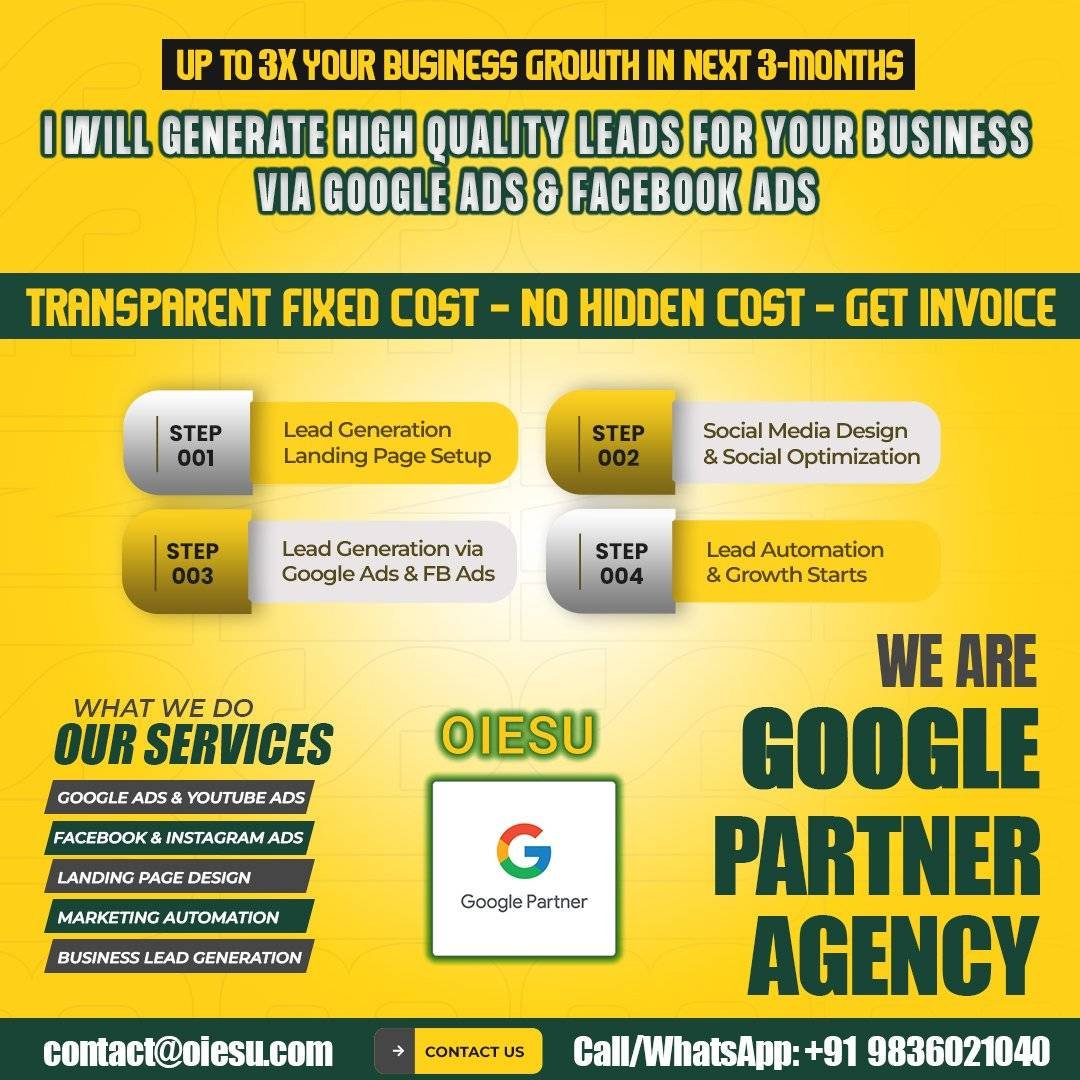Interactive web design is a dynamic and innovative approach to web development that aims to create engaging user experiences by leveraging the latest technology and design trends. At its core, interactive web design emphasizes collaboration between designers, developers, and clients to ensure that the final product meets the needs of its target audience.
One of the primary goals of interactive web design is to create a user-friendly interface that is both intuitive and visually appealing. This can be accomplished through the use of cutting-edge technologies such as responsive design, parallax scrolling, and animation, which enable designers to create dynamic and interactive web experiences that engage users in more meaningful ways.
Responsive design is particularly important in interactive web design because it ensures that websites can be accessed on any device, regardless of its screen size or orientation. This means that users can interact with websites seamlessly, regardless of whether they are using a desktop, laptop, tablet, or smartphone. This is crucial in today’s mobile-first world, where more and more users are accessing websites on the go.
Another key feature of interactive web design is parallax scrolling. Parallax scrolling is a technique that enables designers to create a sense of depth and movement on a webpage through the use of layered images and scrolling effects. This can be used to draw users’ attention to key elements of a webpage, such as product features, calls to action, and other important information.
Animation is another popular technique in interactive web design. By using animated graphics and video content, designers can create more engaging and memorable user experiences that encourage users to interact with a website’s content. This can be a particularly effective strategy for brands looking to stand out in a crowded online marketplace.
In addition to these design techniques, interactive web design also prioritizes user testing and feedback. This means that developers will frequently solicit input from focus groups, surveys, and other sources to better understand what users want and need from a website. This enables them to create more personalized and targeted experiences that are tailored to the specific needs and preferences of the target audience.
Overall, interactive web design is a powerful tool for businesses looking to create engaging and memorable web experiences that drive customer engagement and conversion rates. By using responsive design, parallax scrolling, animation, and other innovative techniques, designers and developers can create websites that are both visually stunning and highly functional. So if you’re looking to create a truly interactive and engaging web presence, interactive web design is a must-have strategy for your business.



